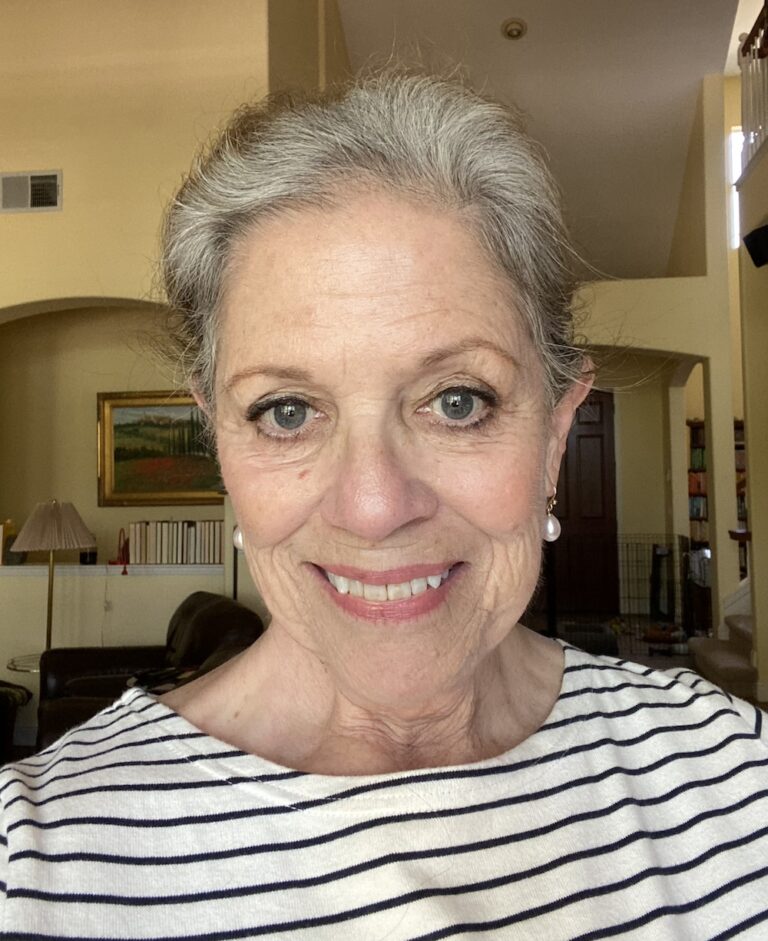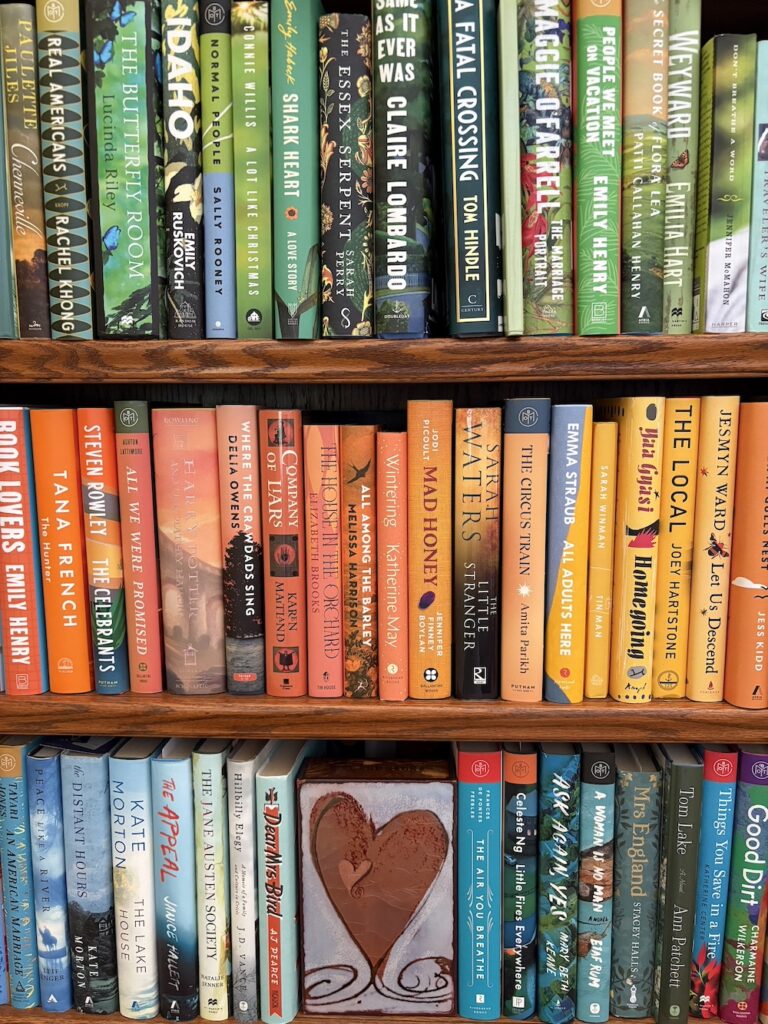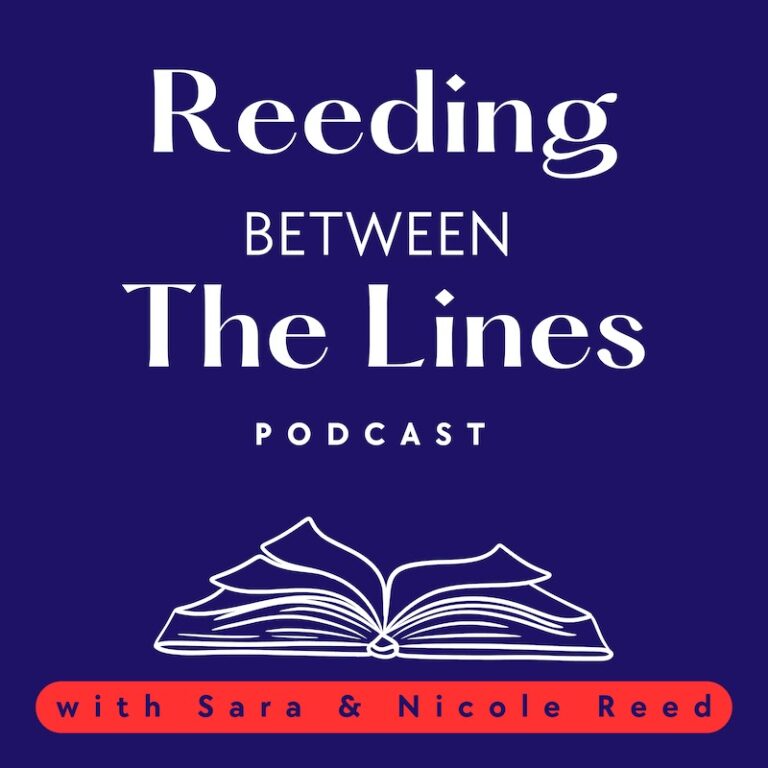
Lucky me, I have had lots of sewing time this week. I am still working on getting the border on my Rhubarb Whirl quilt, and won't subject you another photo of that thing in progress. It's coming along very well.
Do you remember me posting about wanting to make an Orange Peel quilt awhile back? (Sometimes this block is called Flower Petals or Melon Peel).
I think this block is usually appliqued, either by hand or by machine. I tried doing that, and my results were not so great. I got better looking blocks if I did hand applique, but honestly, do I want to be working on this project until 2025?
So. I ordered an acrylic template set from Baycreek Quilting Templates and decided to try machine piecing these blocks together. And you know what? I think I like making them that way. Make no mistake about it, these blocks do not go together like greased lightening. The cutting is fairly time consuming, but the piecing is easy, and I will be happy to show you how I do it.

FIrmly finger press the center points on the peel and background units. Can you see my little creases? I am going to match those up.

Place a pin where those center crease marks line up.

Place pins at the beginning and end of the seam line where you will be stitching.

Notice my pin placement. Take just the teensiest "bite" out of the fabric with the pins. I don't know why this is important, but it is.

Stitch those two curved pieces together, slowly, with your needle in the down position. Your background piece will be on the top. Here is another tip–take a *narrow* quarter inch seam allowance. Don't think about it too hard, but just try to be on the narrow side of a quarter inch.

No need to get up and press, unless you want to. I just finger pressed the stitched side, and then repeated the procedure for the other side of the unit.

And there you go, one of the four units you need to make one block. I know, it isn't a quilt you are going to get done in a weekend, but if you make a few blocks a week you will have it done before you know it.



6 Responses
Wow! I never even thought of making these by machine. They look great!
Inspiring! Thank you for a great tutorial, too. Love your fabrics in these blocks.
I’m still plugging along at turtle speed in getting this sewing room in shape. DH has offered to help, but the room is too small and I’m not sure his methods would suit me. 😉
Hugs!
Nicole your explanation makes it thinkable for me to try this technique in the future.
As for now I’m indulging my safety zone and beginning a scrappy version of Rhubarb Whirl. I followed your cutting directions and had no problems. I look forward to seeing yours finished.
Yeah! You figured out a way to have your orange peel quilt! it looks really good!
Mary
yay! i bought the templates too. i just need to sit down and start working on it. ;p
my sewing room is a mess right now. i’ve promised myself no new sewing until i clean up and put things away! ;p
Pretty blocks but even with the template it looks tedious. You get great results with templates.